New astronomical simulations suggest that the enormous swirls of stars surrounding the NGC 5907 galaxy, located 50 million light-years away, in the constellation Draco, were formed when two equal-sized galaxies collided 8 or 9 billion years ago. The research was published in the journal Astronomy & Astrophysics by Wang et al.
NGC 5907 is a warped spiral galaxy, which is also known as the Knife Edge or Splinter galaxy, and it has an anomalously low metallicity and very few detectable giant stars. The galaxy is apparently composed entirely of dwarf stars and it’s part of the NGC 5866 Group that takes its name from the brightest galaxy in the group Messier 102, which is known as the Spindle galaxy (NGC 5866).

NGC 5907 was long considered a prototypical example of a warped spiral until an extended tidal stream was detected. The stream, which surrounds the galaxy, suggests that the gravitational perturbations were induced by the stream progenitor and may have been the cause of the warp. The galaxy itself is about 150,000 light-years across.
Previously, researchers had thought that the stellar swirls were formed when a smaller galaxy hit a larger one, but the new study shows that this would have been impossible. In order to produce the observed streams, two roughly equally-sized galaxies crashed into each other 8 or 9 billion years ago. The simulation also showed that the galaxies must have been rich in gas in order to produce the swirls.
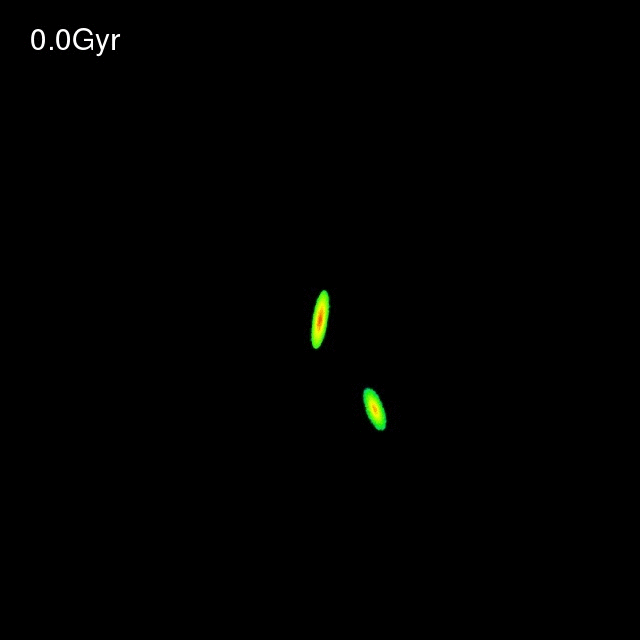
The Milky Way is heading for a crash into Andromeda in 4.5 billion years, and the resulting galaxy could have a similar shape. Most large spiral galaxies are thought to have formed in a similar process.

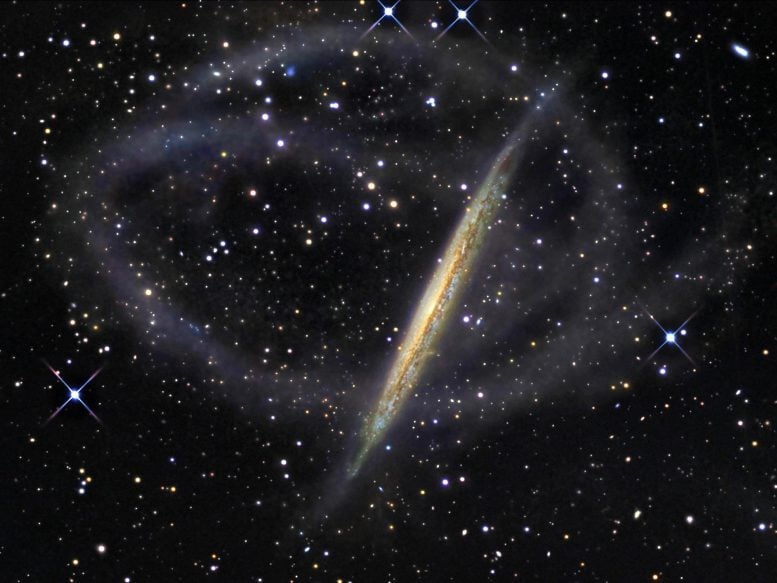
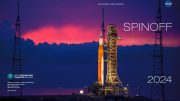


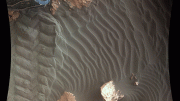
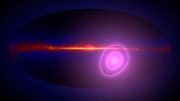
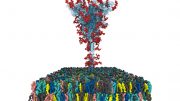


Be the first to comment on "Ancient Galactic Collision Created Stellar Swirls of NGC 5907"